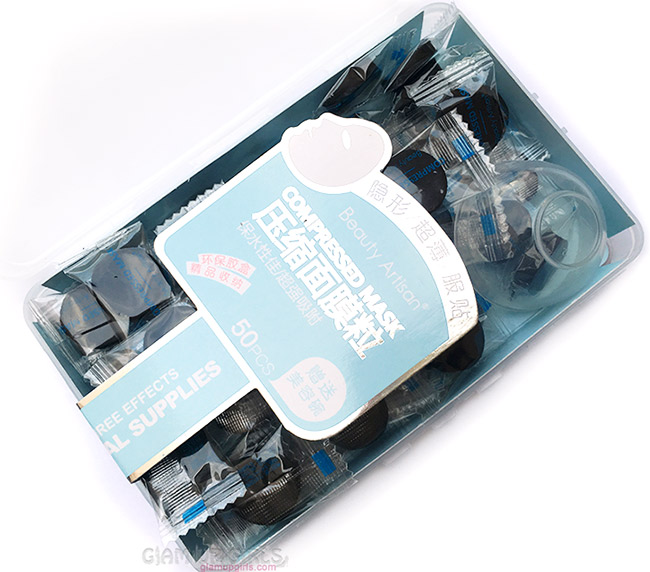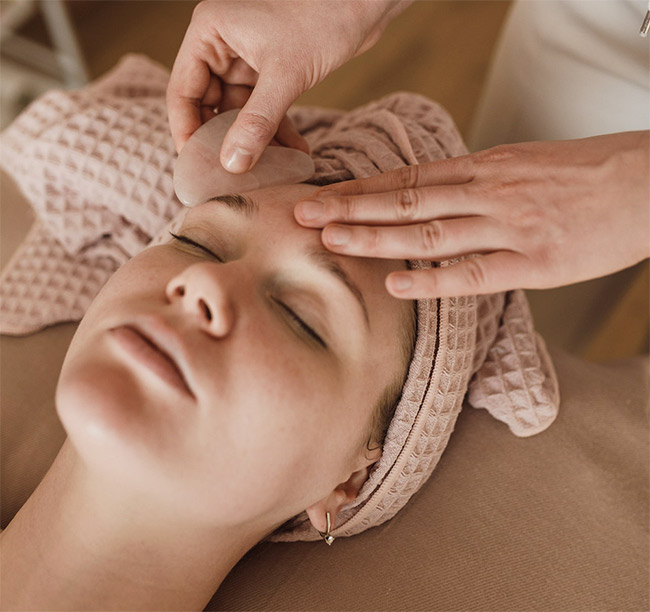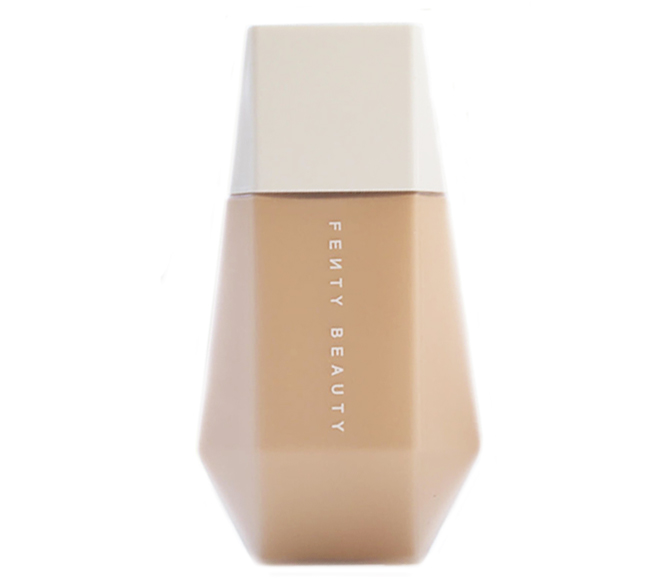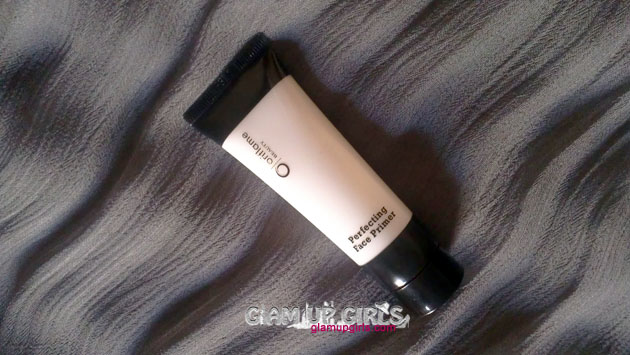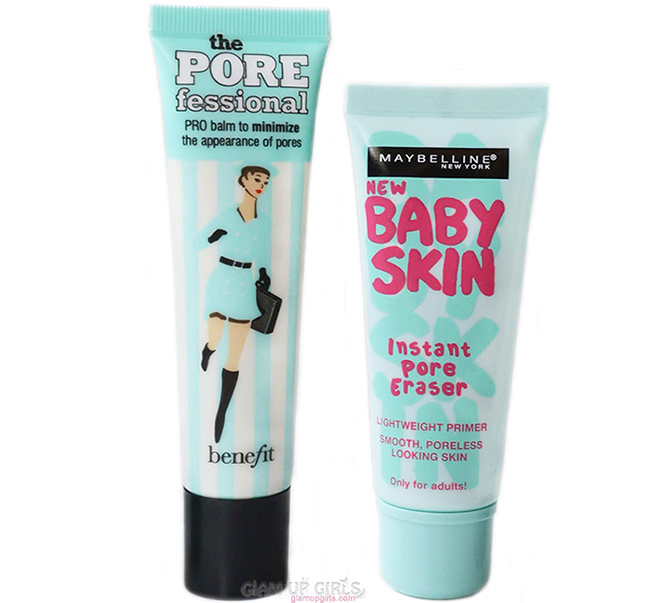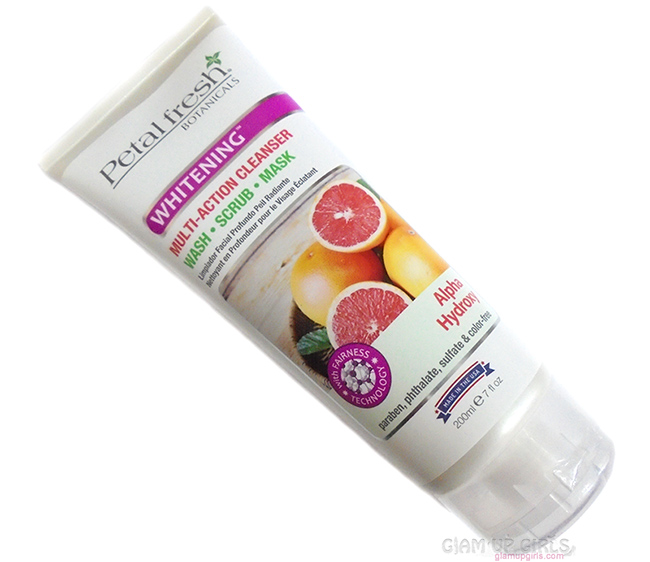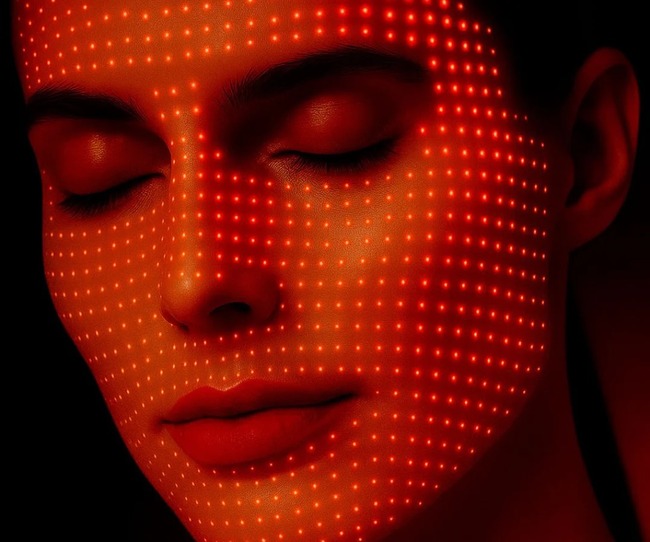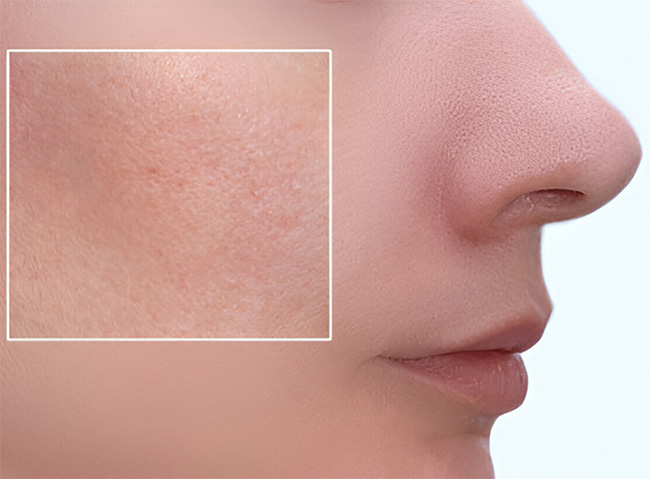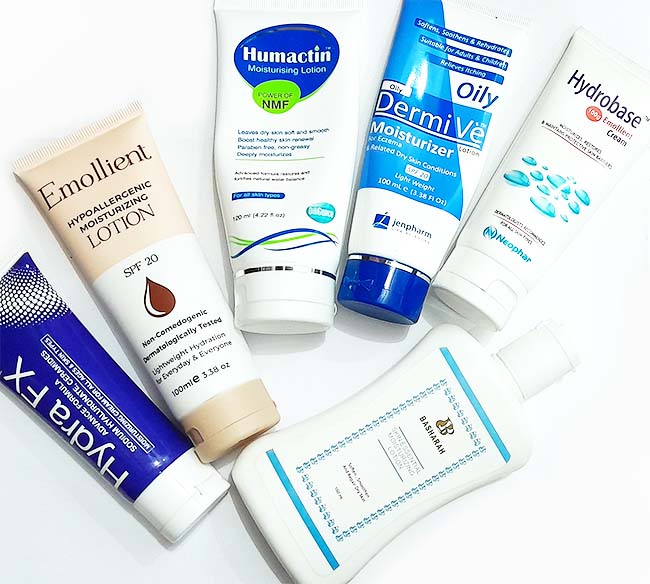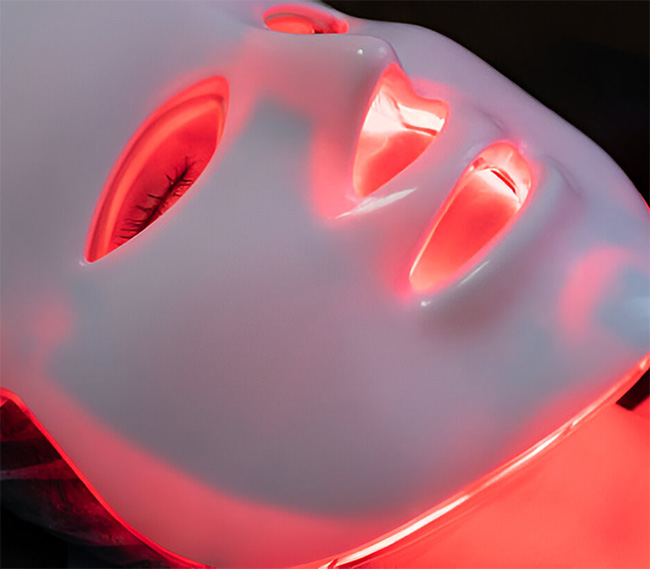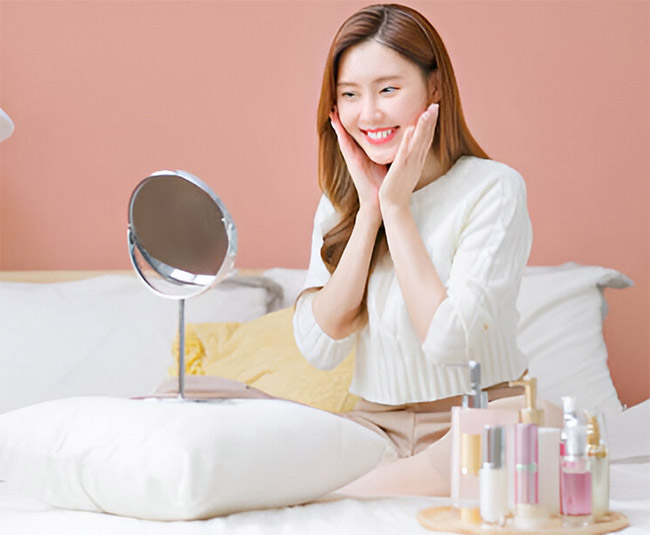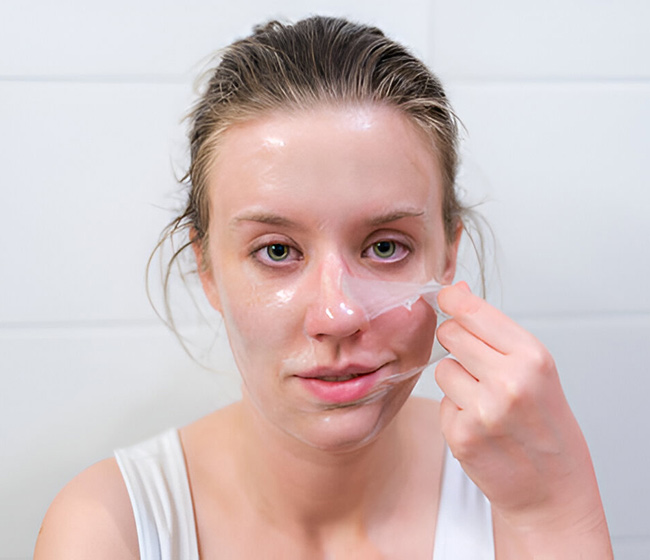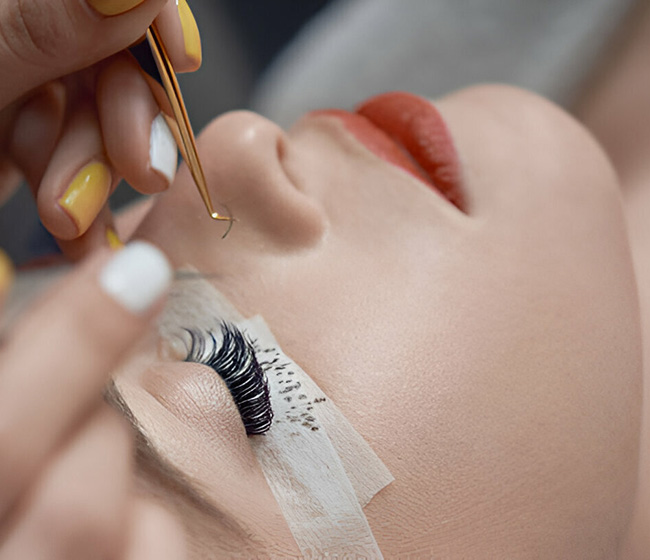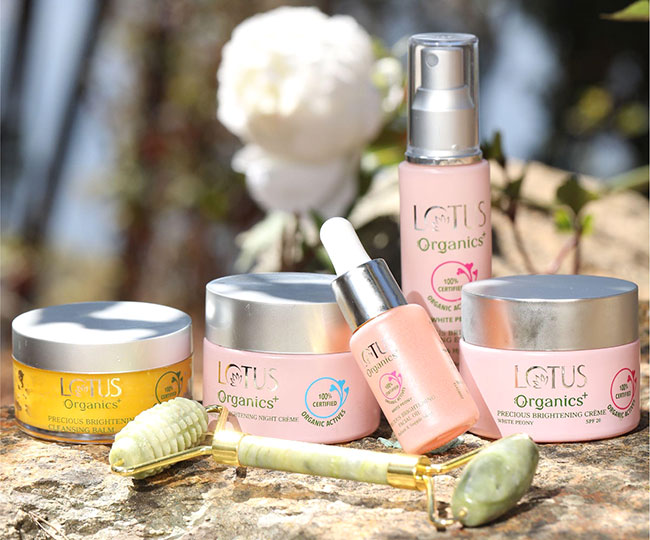Clay Masks
Clay masks are terrific for people with oily or acne-prone skin because they pull out impurities, unclogging your pores and giving your skin a cleaner, fresher look. They also rebalance your oil production, so if you have combination skin, they’ll help the oily areas become less so. In addition, clay is beneficial for the lymphatic system because it helps your skin cells flush out toxins. If your skin is looking especially dull or tired, a clay mask will help brighten it. One of my favorite types of clay is kaolin clay, made from the mineral kaolinite, which leaves your skin feeling smooth, exfoliated, hydrated, and mattified.
Sheet Masks
Sheet masks are so popular that you can’t leave a beauty store without seeing fifteen different varieties at the checkout aisle, selling for anywhere from fifty cents to fifty dollars per mask. I love sheet masks because there is a tailored product for every individual’s skincare goal, whether that’s hydrating, soothing, fighting blemishes, or brightening. It is better to use masks after exfoliating to get maximum penetration into the skin. Sheet masks are also great for people on the go. While traveling, put on a sheet mask, close eyes, and relax while your skin is protected from the dehydrating air inside the cabin.
Also, sheet masks are so easy to use. After cleansing and/or exfoliating, you just open the package, peel off the backing, and place one on your face, pressing from the center to the edges. Leave the mask on for twenty minutes, when you take it off, there’s really no need to rinse or cleanse again. Just rub the soothing, hydrating ingredients into your face and neck, and follow with your regular serum, moisturizer, and eye cream routine.
Cream Masks
Cream masks are great for dry or sensitive skin, or for people who are concerned with the effects of aging. With ingredients like avocado oil, shea butter, or any number of fatty acids, a cream mask will help your skin feel plumper and dewier. If you’re prone to breakouts or acne, though, this may not be the best mask choice for you. The intensely hydrating oils they contain may clog pores and lead to breakouts.
Depending on the mask you choose, it’s okay to leave it on overnight if your skin can tolerate it. (Though sheet masks may slip off!) Nighttime is your skin’s opportunity to repair itself, and if you let the ingredients soak in while you sleep, your skin will look terrific in the morning. When you wake up, keep your regular routine of cleansing (if you wash in the morning), then applying serum, eye cream, and moisturizer. It’s also okay to switch masks you use, both in terms of the type and ingredients. But because there are thousands upon thousands of ingredients to choose from, let's try to simplify them based on your skin’s needs.
- If you’re prone to acne, you need ingredients that will help your skin redistribute oils. Charcoal, zinc, and probiotics (such as those found in yogurt) are good ingredients to seek out.
- If your skin is just a bit clogged with blackheads, consider those same ingredients, but you might also look for an exfoliating mask, especially if it contains volcanic rock.
- For those of you with dry skin, search for masks that include hyaluronic acid, avocado oil, yogurt, shea butter, collagen, algae, or peptides.
- If you have fine lines, consider masks with epidermal growth factors, antioxidants, and some hydrating ingredient such as those listed above for dry skin.
- If your skin is dull, try glycolic acid or galactoarabinan, both of which help with cell turnover. As your skin regenerates, you’ll see improvements with your pesky wrinkles and fine lines.
- If you have sensitive skin, look for chamomile, aloe, arnica, or sulfur, all of which have soothing, anti-inflammatory qualities. I recommend using sheet masks rather than other types, too, because they have fewer preservatives that might irritate your skin.
- If you have oily skin, try clay masks with zinc and jojoba oil, which help tell the skin to stop producing so much oil.








